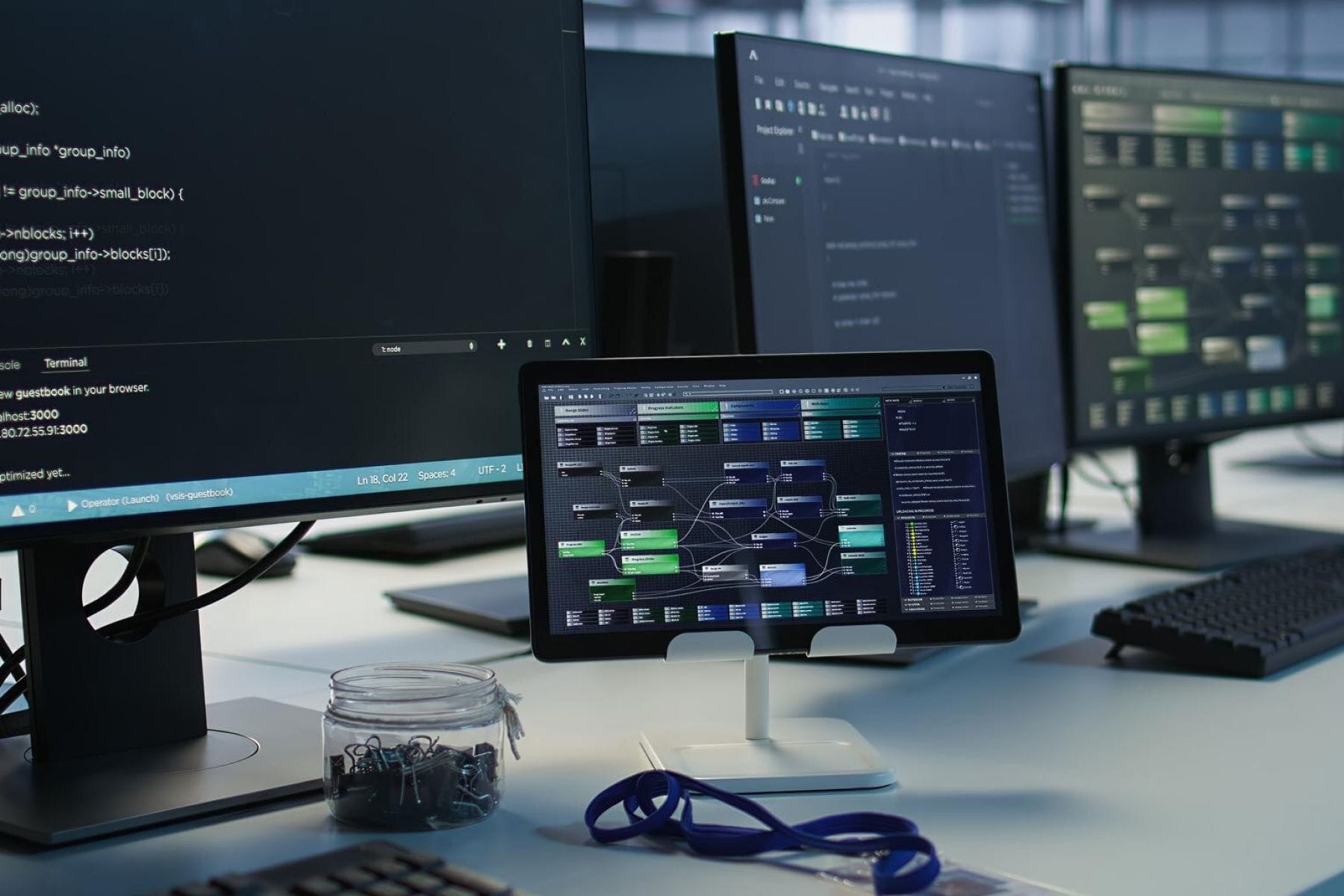
Custom Mobile Application Development
Make your mobile app a true game-changer for your business — built right from the start. With targeted expertise, quality-first development, and scalable architecture, we’ll help you create an experience your users will love.




















